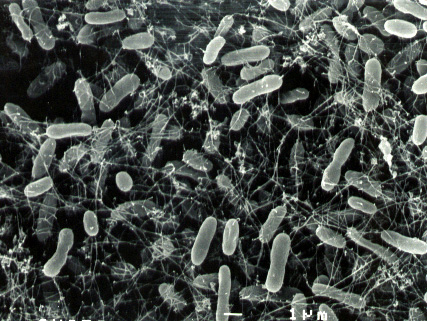New laser technique may be used to detect microbial life forms in Martian ice
 Washington, October 2 : Scientists have said that an innovative new laser technique could be used to detect microbial life forms in Martian ice.
Washington, October 2 : Scientists have said that an innovative new laser technique could be used to detect microbial life forms in Martian ice.
According to scientists, the technique, called L. I. F. E. imaging, used successfully to detect bacteria in frozen Antarctic lakes, could have exciting implications for demonstrating signs of life in the polar regions of Mars.
Michael Storrie-Lombardi, from Kinohi Institute (Pasadena, CA), and Birgit Sattler, from the University of Innsbruck, Austria, used laser-induced fluorescence emission
(L. I. F. E.) imaging to detect red and infrared fluorescence activity produced by cyanobacteria present in the ice of frozen Antarctic lakes.
This noninvasive technique does not destroy individual target organisms or disrupt the structure of microbial communities or the surrounding ice matrix.
The researchers'' work was conducted as part of the 2008 Tawani International Expedition to Schirmacher Oasis and Lake Untersee in Dronning Maud Land, Antarctica.
This L. I. F. E. technique, which required minimal, inexpensive, off-the-shelf equipment, demonstrated a promising, feasible strategy for detecting photosynthetic activity of microbes via orbital monitoring of ice formations on Earth, on Mars, and in frozen regions of planets in nearby star systems.
The technique could also be employed by an interplanetary rover conducting on-site analyses and sample collection. (ANI)